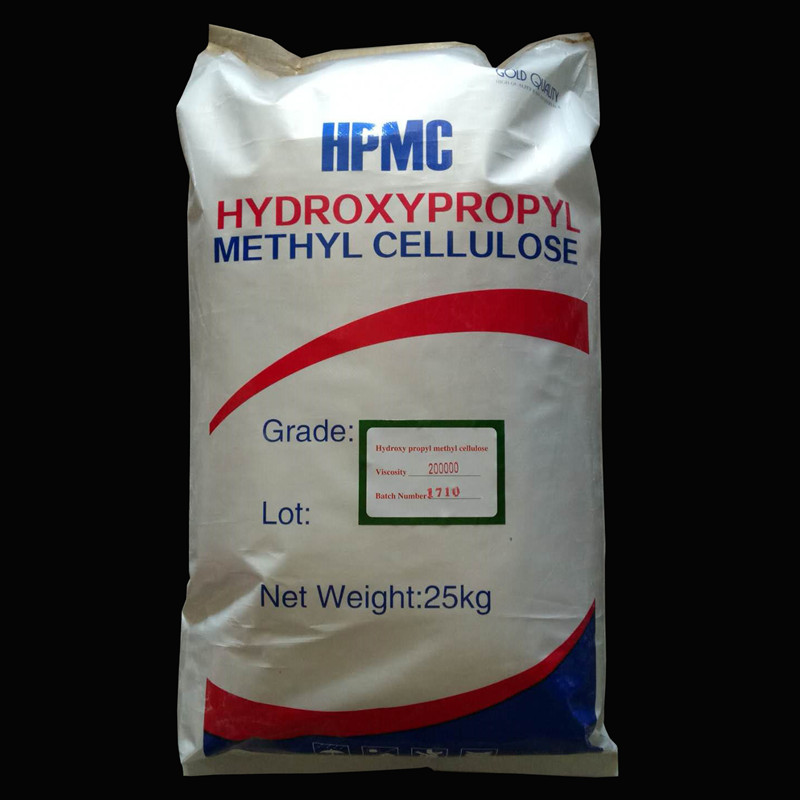Hydroxypropyl methylcellulose HPMC for building materials
1. What is the viscosity of hydroxypropyl methylcellulose?
Putty powder is generally 100,000, the mortar is required to be higher, it is necessary to use 150,000, and the more important role of HPMC is to retain water, followed by thickening. In putty powder, as long as the water retention is good, the viscosity is lower (7-8), it is also possible. Of course, the viscosity is larger, the relative water retention is better. When the viscosity exceeds 100,000, the effect of viscosity on water retention is not. Big.
2. What are the main technical indicators of hydroxypropyl methylcellulose?
The hydroxypropyl content and viscosity, which most users care about are these two indicators. If the hydroxypropyl content is high, the water retention is generally better, the viscosity is higher, the water retention is relatively good (not the right), and the viscosity is large, and it is better to use some in the cement mortar.
3. What are the main raw materials of hydroxypropyl methylcellulose?
The main raw materials of HPMC: refined cotton, methyl chloride, propylene oxide, other raw materials, flake base, acid toluene.
4. What is the main role of hydroxypropyl methylcellulose in putty powder, is it chemical?
Among the putty powder, it has three functions of thickening, water retention and construction. Thickening, cellulose can be thickened to suspend, keep the solution evenly uniform, and sag. Water retention: The putty powder is dried slowly, and the auxiliary ash calcium reacts under the action of water. Construction: Cellulose has a lubricating effect, which can make the putty powder have good workability. HPMC does not participate in any chemical reactions and only plays a supporting role. Putty powder with water, on the wall, is a chemical reaction. Because of the formation of new substances, the putty powder on the wall is removed from the wall, ground into powder, and reused, it will not work, because new substances have been formed.
5. Hydroxypropyl methylcellulose is a nonionic cellulose ether. So what is nonionic?
Generally speaking, non-ion is a substance that does not ionize in water. Ionization refers to the process by which an electrolyte is dissociated into a freely moving charged ion in a particular solvent. For example, the salt-sodium chloride that is eaten every day is dissolved in water and ionized to produce a freely moving sodium ion positively charged and a negative ionized chloride ion. That is to say, HPMC is placed in water and does not dissociate into charged ions, but exists in molecular form.
6. What is the gel temperature of hydroxypropyl methylcellulose?
The gel temperature of HPMC cellulose is related to its methoxy content, and the lower the methoxy content, the higher the gel temperature.

